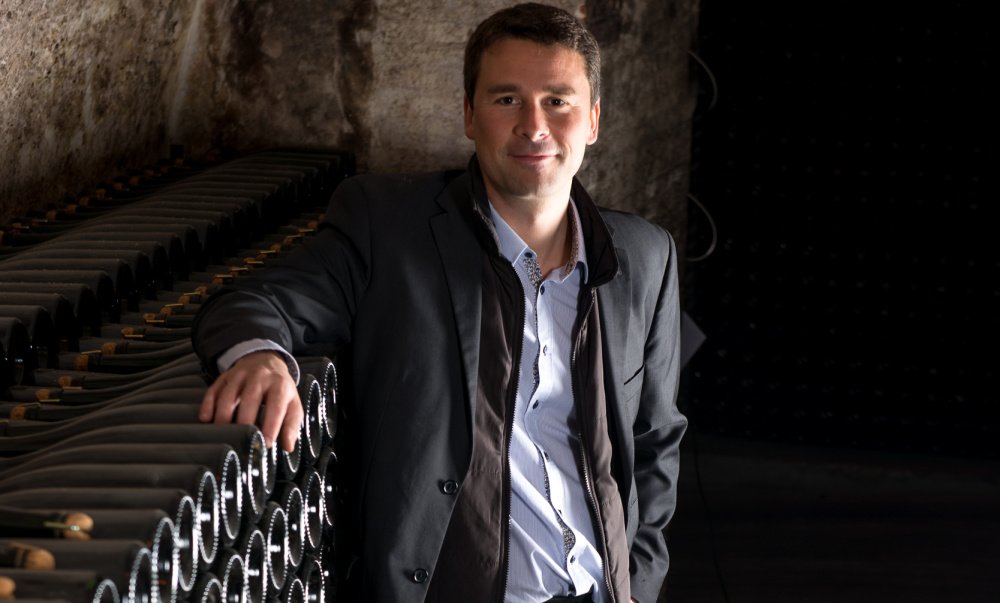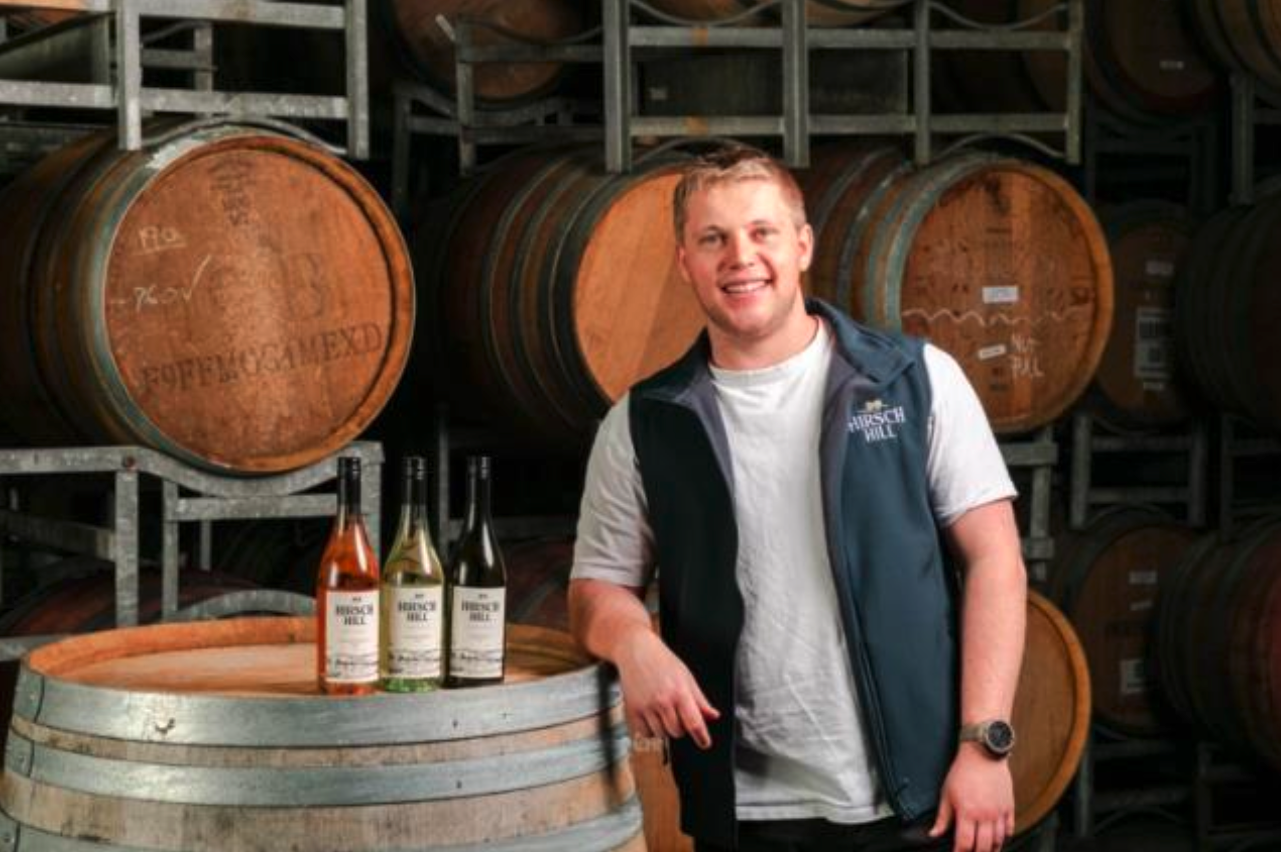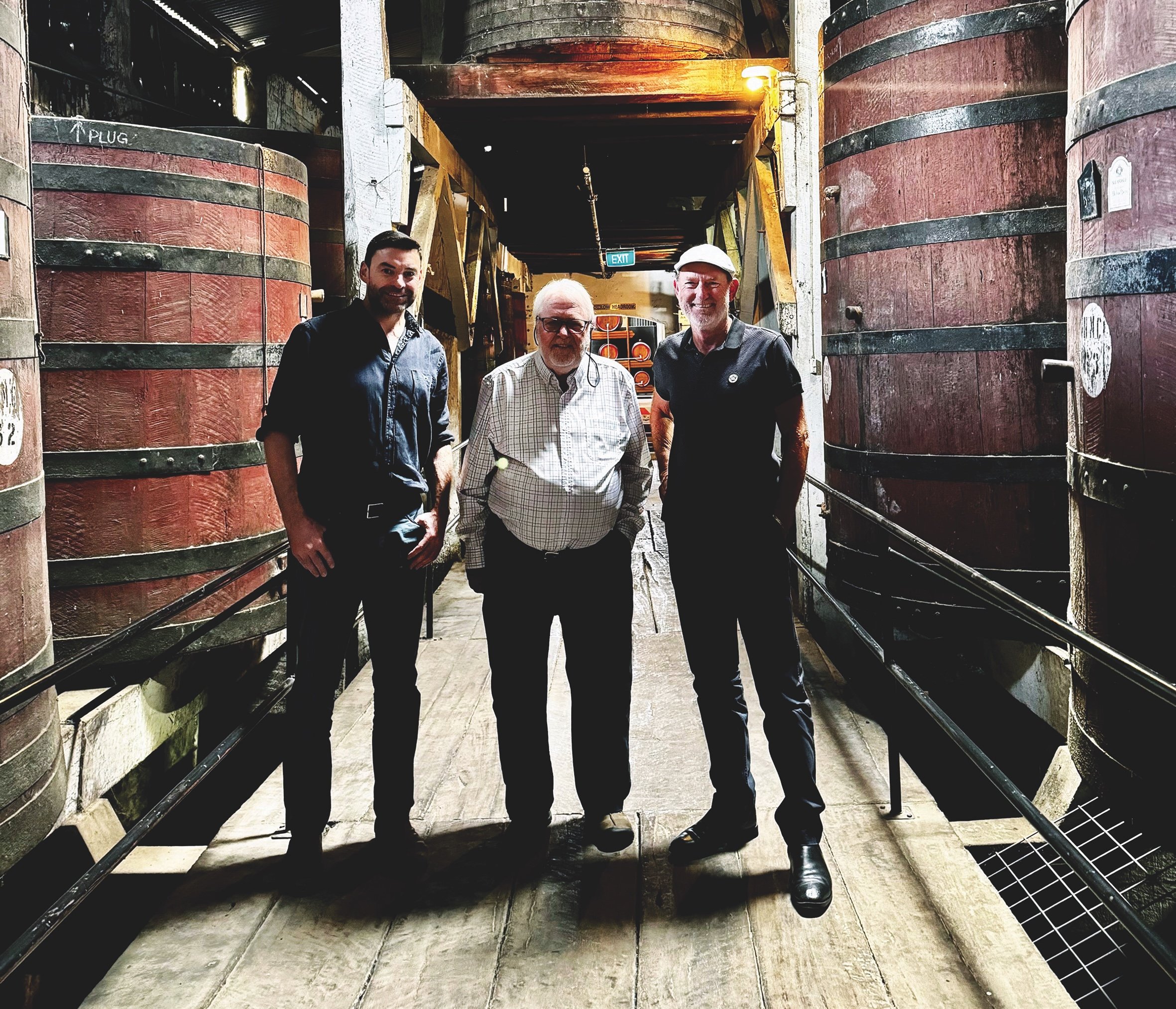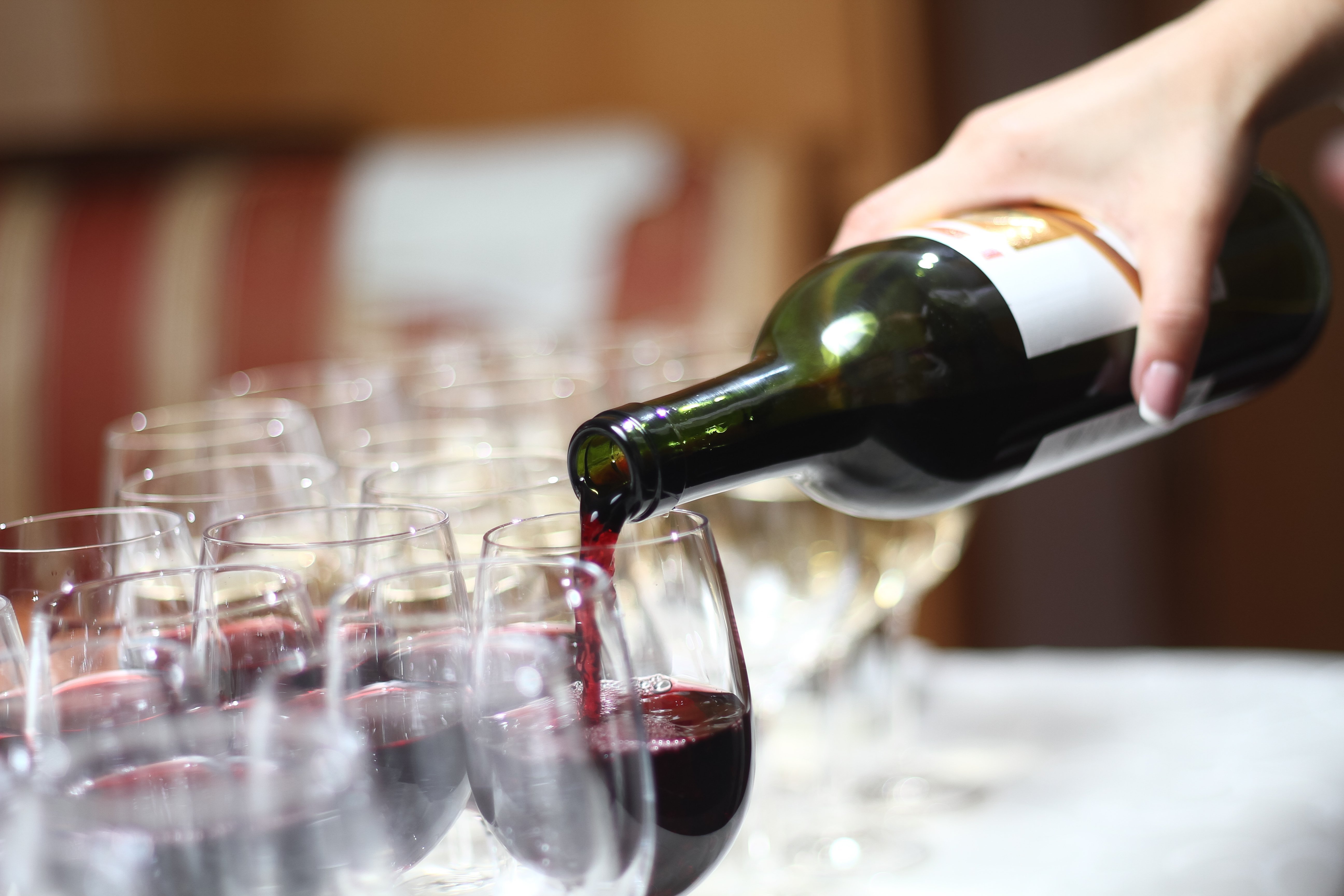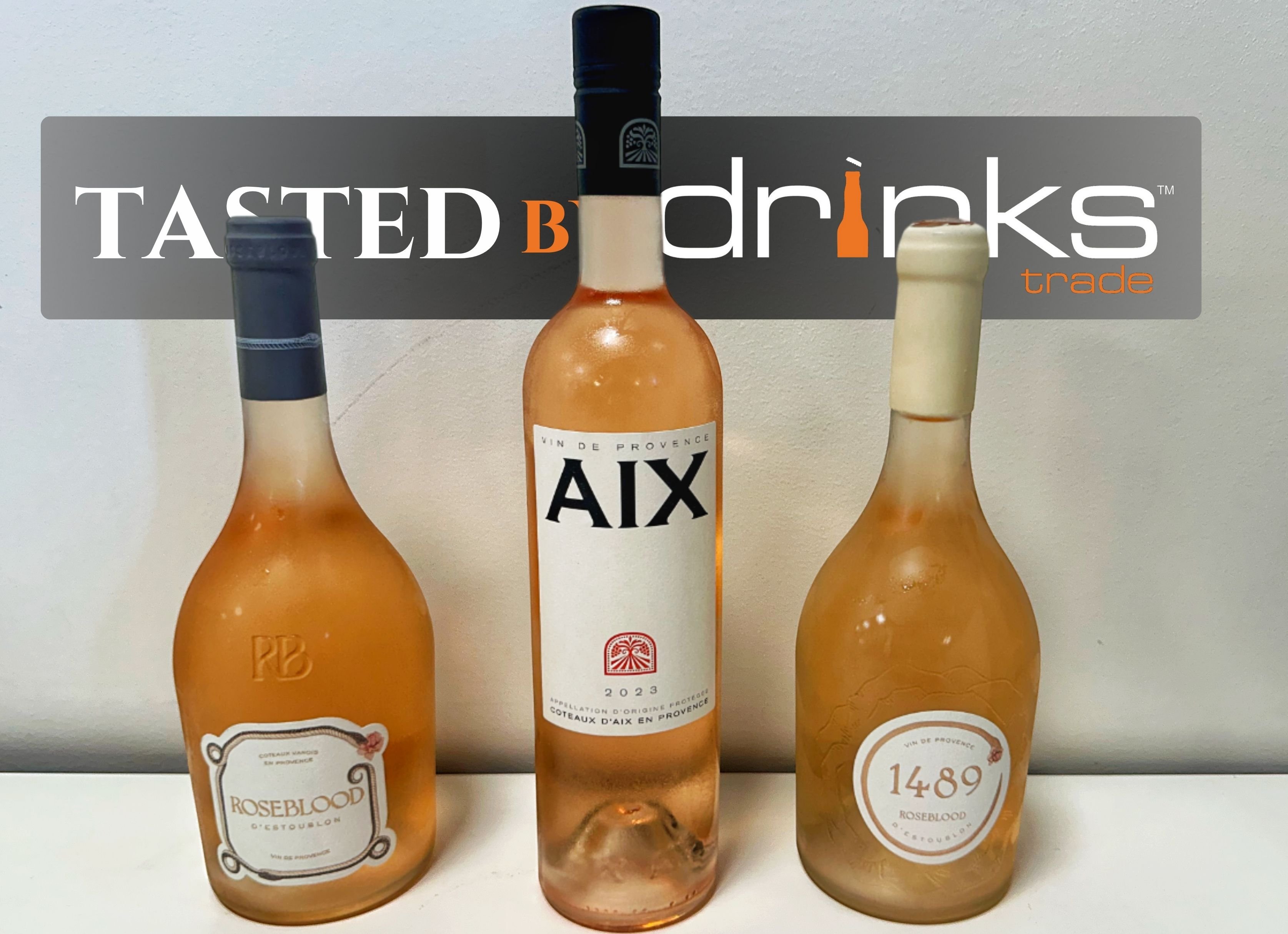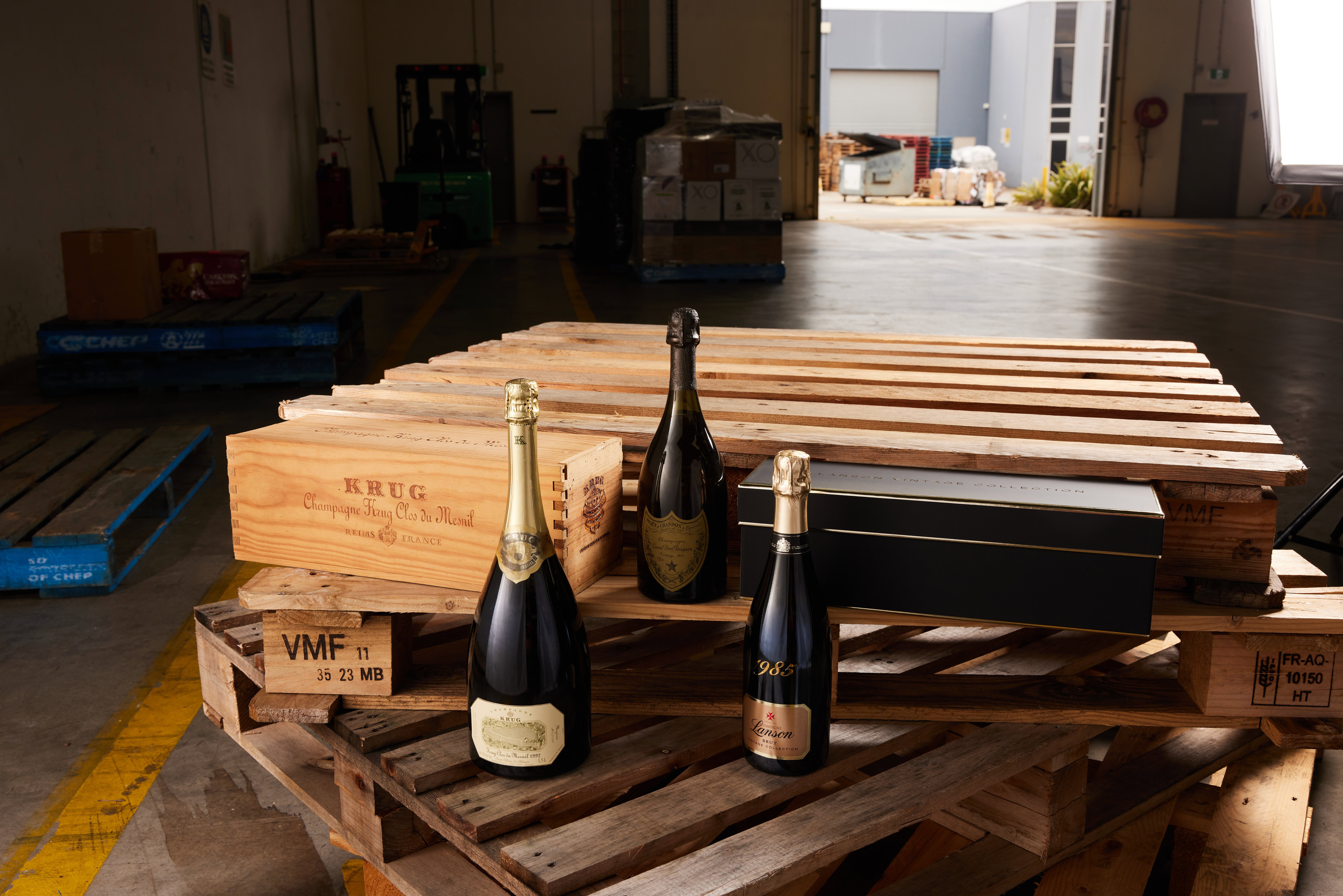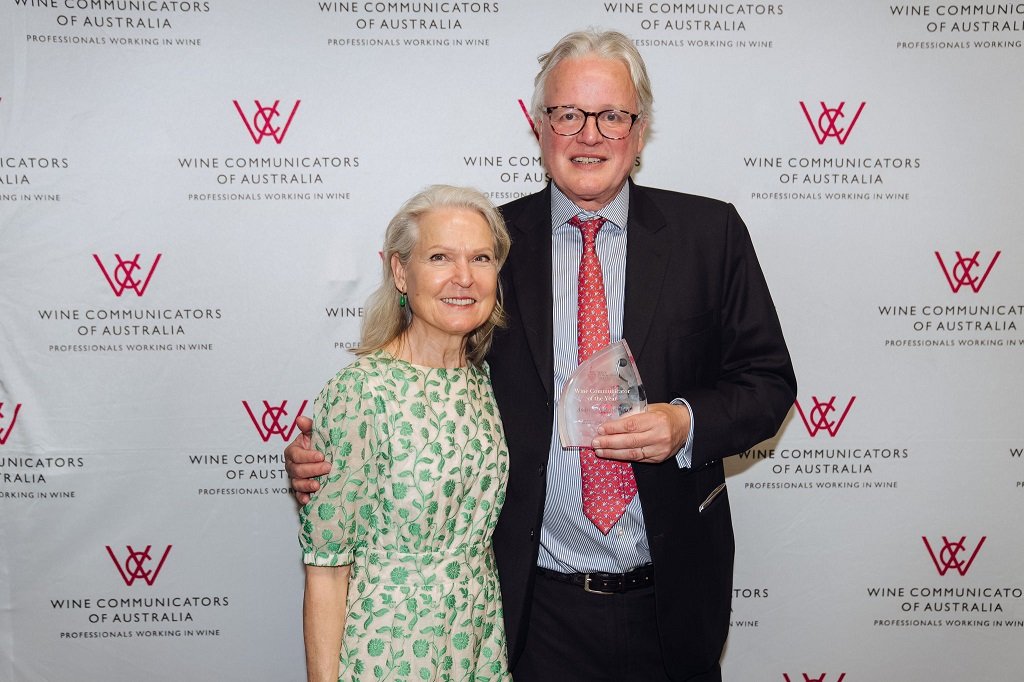Regarded as one of the most prestigious Champagne houses in the world, Bollinger earned its reputation by crafting Champagnes of exceptional body, depth, and power.
At an exclusive event in Sydney, guests were granted a rare opportunity to delve into the realm of Bollinger's craftsmanship alongside Bollinger's Chef de Cave, the gifted Denis Bunner. The tasting unravelled the secrets behind the blend and guests gained a profound appreciation for the artistry, simplicity, and essence of the ingredients that harmonise together to create one of the world's finest Champagnes.
The tale of Champagne Bollinger commenced in 1829 in the village of Aÿ, nestled in the heart of the Champagne region. Athanase de Villermont, the enterprising youngest scion of a noble lineage, recognized the remarkable potential of Champagne's wines and partnered with Joseph Bollinger, an erudite German with a passion for learning the Champagne trade, and Paul Renaudin, a local enthusiast enamoured by the world of wine. On February 6, 1829, Renaudin-Bollinger & Cie was born. The House has remained in the family ever since, preserving an extensive history that resonates in the opulence, quality, and natural splendour found in every exquisite glass of Champagne, nearly two centuries later.
But what truly sets Bollinger apart from other wines? According to Bunner, it revolves around the foundation of the "five pillars."
"Our production process at Bollinger is built upon five fundamental pillars," Bunner explained. "Vineyard ownership stands as a cornerstone, for we source from our own vineyards as well as esteemed growers. Remarkably, 85% of these vineyards boast the distinction of being Grand or Premier Cru. We nurture and harvest most of our own fruits, allowing us to retain full control over the quality of our wines from grape to glass."
"Then there is the Pinot Noir, a defining element of the Bollinger style. In our esteemed Special Cuvée, Pinot Noir constitutes more than 60% of the blend. Hailing from the illustrious Grand Cru village of Aÿ, this exquisite grape bestows a captivating combination of body, power, and intensity upon our wines."
Bunner also revealed that Bollinger's cellars are graced with up to 750,000 wine magnums, housing Grand and Premier Cru wines cultivated from Bollinger's vineyards. These wines were famously referred to as the "spice rack" by Bunner's late predecessor and legendary Chef de Cave, Gilles Descotes, who is fondly remembered.
"The reserve wines preserved within these magnums undergo meticulous ageing in oak barrels, cared for by the region's sole in-house cooper. Oak ageing facilitates micro-oxygenation, granting Bollinger Champagne its trademark silky texture and ensuring the wine matures gracefully over time," Bunner said.
The fifth and central pillar encompassing Bollinger's winemaking ethos is time. Embracing the principle that excellence matures with patience, all wines are aged for at least twice the appellation requirements, thus optimizing integration and attaining the pinnacle of magnificence.
Champagne Bollinger has perpetually shone with its unparalleled taste and unwavering commitment to winemaking excellence. The dedication to quality and the quest for perfection, which Bollinger is renowned for, earned it the recognition of the Court of England. In 1884, Bollinger became the first Champagne house to be bestowed with a Royal Warrant, an honour that it continues to hold today.
Stay up-to-date with the latest industry news with the Drinks Trade e-newsletter.
Share the content
